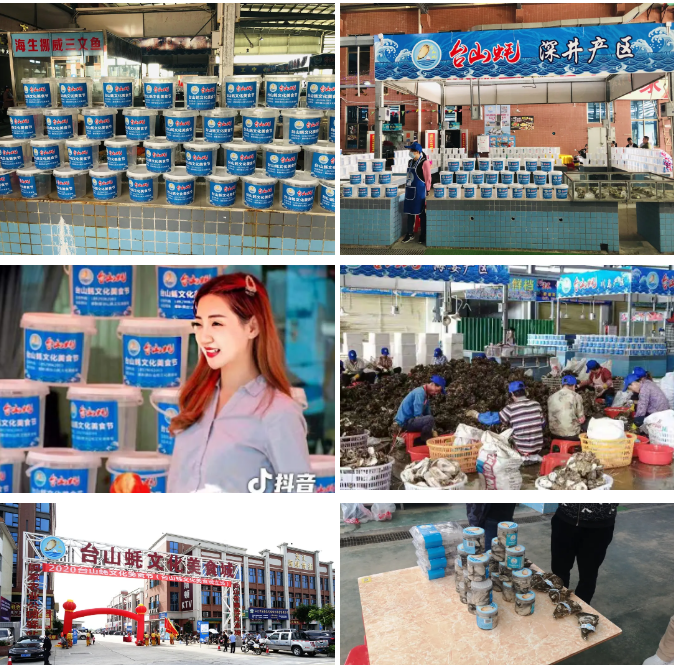By the National Aquatic Technology Promotion Station, Guangdong Provincial Department of Agriculture and Rural Affairs and Guangzhou Municipal Bureau of Agriculture and Rural Affairs as the guiding units, China Aquatic Products Circulation and Processing Association, Guangdong Aquatic Products Circulation and Processing Association, Guangdong Fisheries Association, Guangdong Cold storage Industry Association co-sponsored, The 10th Guangzhou International Fishing Fair will be held in Guangzhou China Import and Export Fair Hall from September 25 to 27. The exhibition covers the whole industry chain display of aquaculture, aquaculture, processing, circulation, cold chain, fresh food and beverage distribution. Taishan Oyster Industry Association will bring high-quality oysters to participate in the 10th Guangzhou International Fishing Fair.
Taishan is on the verge of the South China Sea, with the unique characteristics of the junction of salty and fresh water in the waters of the town Bay, seafood is very rich, especially suitable for oyster growth. Taishan oyster individual fat, milky color, and tender and delicious meat, very nutritious, oyster treasures, has always been "one, two fat, three white, four tender, five crisp" by oyster fans. Authentic Taishan oyster, produced from Taishan sea 60% salt water and 40% fresh water junction, round body, no slag, full, yellowish. The best season for oysters is from November to April.
Depending on the superior ecological environment of the sea area under Taishan jurisdiction, Taishan oyster culture has a long history and is well known. According to records, Taishan coastal residents have been raising oysters since the Ming Dynasty, and these villagers found wild oysters in the bay of the town around 1360 AD, and the resources are very rich. For hundreds of years, the wild oysters of the town bay have provided an abundance of seafood for coastal residents. There are pebbles, stone rows, dark reef rows, etc. (Oysters are good at sodium seedlings on stones, stones, and stone surfaces), which provides excellent conditions for the reproduction and expansion of oyster populations, forming a rich wild oyster population, which is described as full of sea "gold". After fishermen found that oysters were very suitable for the environment of the sea, they began to think about whether artificial breeding could be carried out. In the continuous exploration and practice, the villages along the bay of the town gradually developed oyster farming.



 info@gzboyi.com.cn
info@gzboyi.com.cn +86-20-66339113(渔博会咨询) 20-66319008(前台)
+86-20-66339113(渔博会咨询) 20-66319008(前台)



